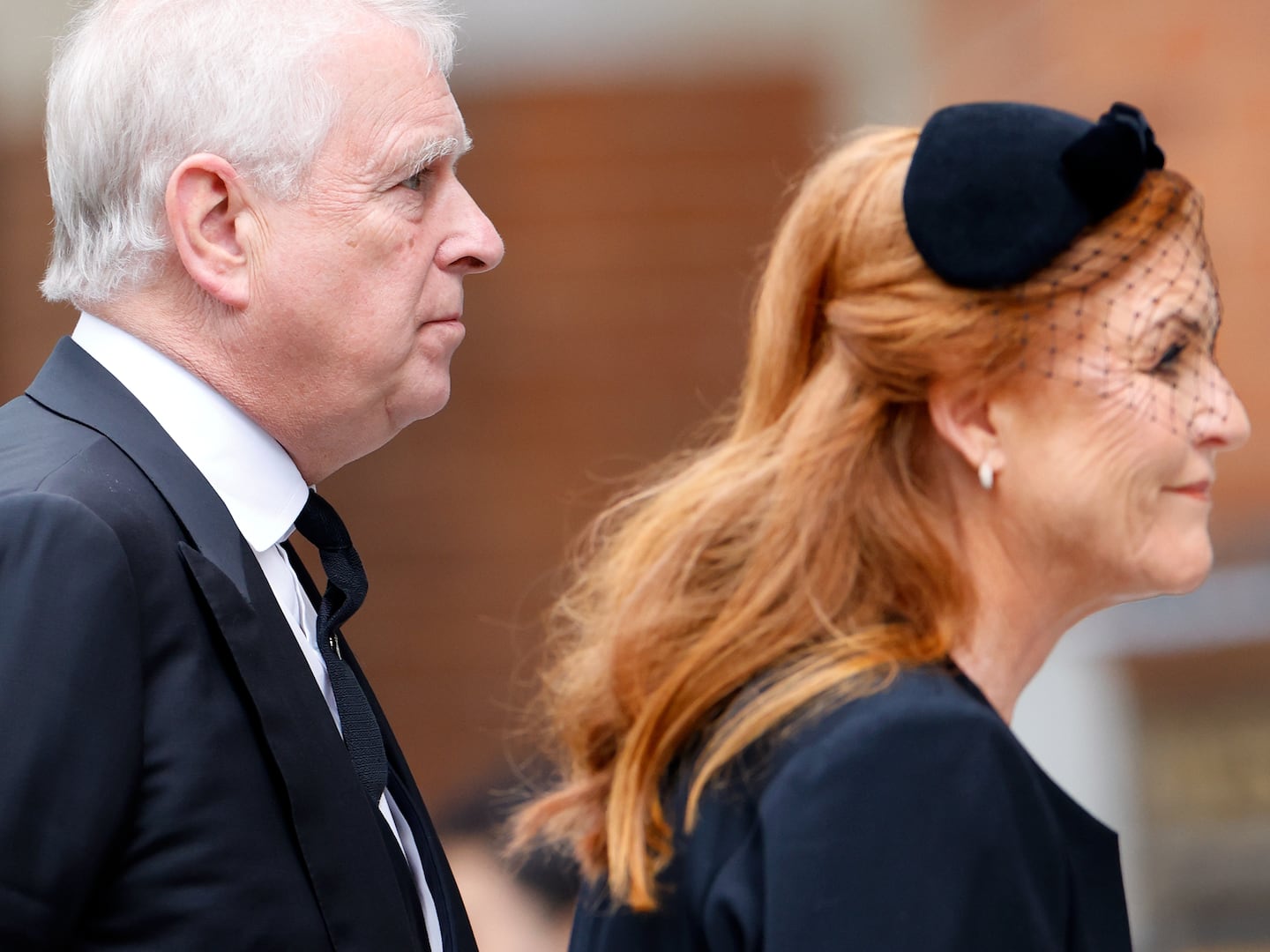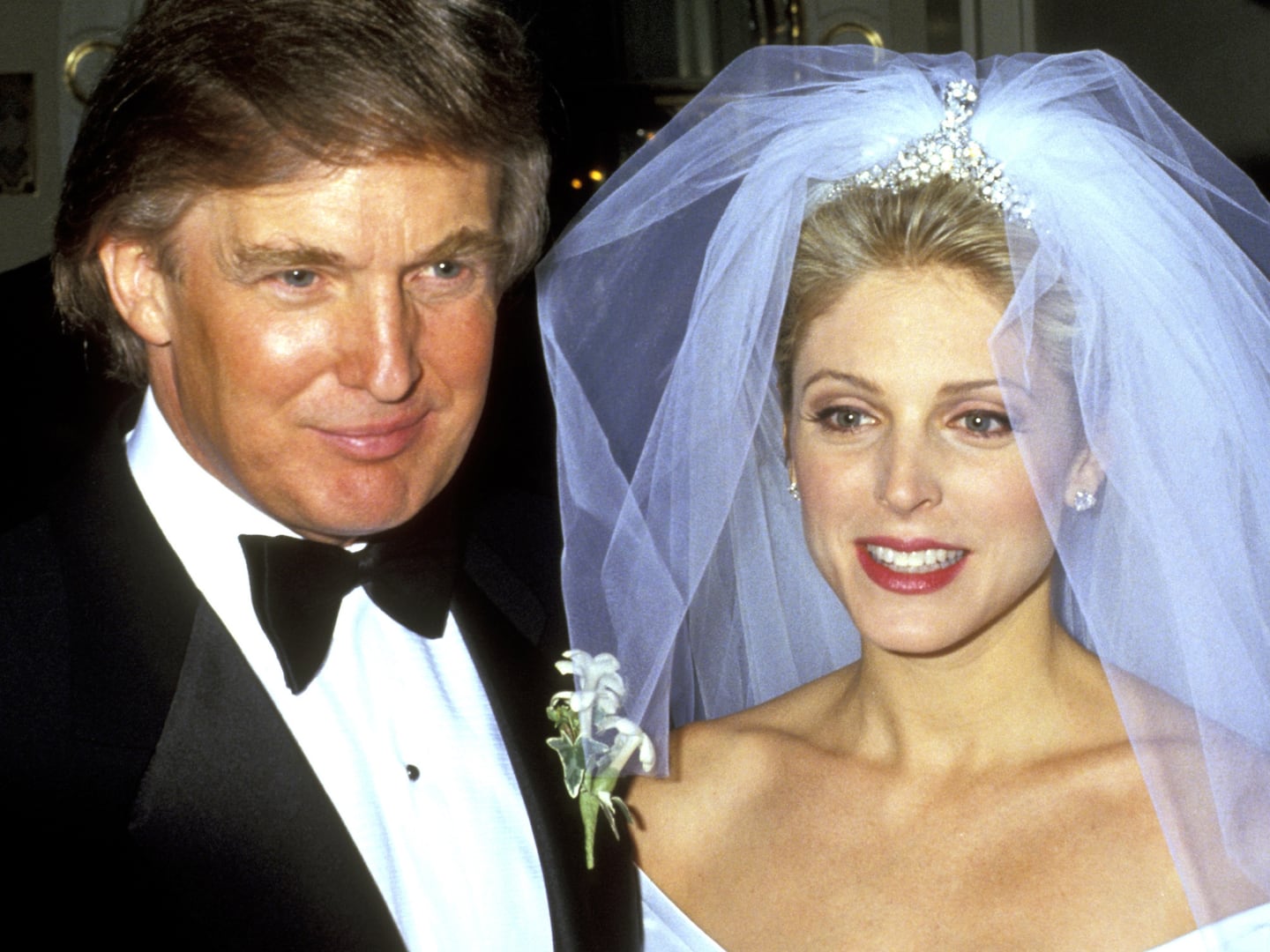The future is a frightening place. At least in the movies.
For nearly a century, almost every filmmaker who has envisioned the future has envisioned it the same way. The details, of course, have changed from picture to picture: in Metropolis, Fritz Lang’s 1927 silent masterpiece, hordes of laborers are sequestered underground and forced to operate enormous machines that power the glittering Art Deco skyscrapers of the ruling class; in The Terminator, which was released nearly 60 years later, Arnold Schwarzenegger’s sardonic cyborg lookalike returns from 2029 to assassinate the woman whose unborn son will eventually lead the resistance against Arnold’s sentient robot overlords, and also to say things like “I’ll be back.”
But while the particulars may change, the point is usually the same. In the future, according to Hollywood, mankind’s relentless pursuit of progress—our inexorable push for newer, better technology—finally comes back to bite us. The innovative tools we create for our own convenience are good for a while, and then, all of sudden, they are very, very bad. Catastrophic. Apocalyptic. And deadly, more often than not.
Except, that is, in Her, the brilliant new movie by Spike Jonze. The framework of the film is familiar. It is the future. On a whim, an isolated, soon-to-be divorced writer named Theodore Twombley (Joaquin Phoenix) purchases a piece of software billed as “the world’s first artificially intelligent operating system.” He installs the software. It begins—in the steaming, hot-toddy voice of Scarlett Johansson—to speak to him. It names itself Samantha. It reorganizes Theodore’s inbox. Soon, as Samantha’s consciousness expands, a relationship develops. The relationship becomes a romance. Samantha and Theodore fall in love. And then something goes wrong—just like it always does with these futuristic movie technologies.
And yet despite its conventional arc, I’ve never seen a film about the future quite like Her. The difference, I think, is what ends up going wrong in Jonze’s brave new world. Samantha doesn’t kill Theodore. She doesn’t enslave him. She breaks his heart.
This strikes me as a significant shift—and a revealing one.
That’s because futuristic movies aren’t really about the future at all. They can’t be. They’re about the present. As I watched Her, I started to think about why Jonze’s heartbreaking vision of the tomorrow felt so right to me—so real, so possible. How has our relationship to technological progress changed since Metropolis, or The Terminator, or any of those other, older movies about the shape of things to come? How does Her reflect that change? And what does all of this have to say about us, today, in 2013?
Fabricating the future on screen has always been a way of mirroring present-day anxieties about technology. During the 20th and early 21st centuries, we had a lot to be anxious about. It all started with the Industrial Revolution: machine displaced man. Then came World War I: machine killed man. Next was World War II: machine enabled Hitler, who in turn attempted to exterminate an entire people. Finally there was the atomic bomb (and the Cold War it created): machine threatened to annihilate all of mankind. That was modernity for you.
ADVERTISING
No wonder our most creative minds tended to picture tomorrow as a time when technology would go wrong. In The Terminator series, the first thing that Skynet (an artificially intelligent defense system) does after achieving self-awareness is trigger a nuclear holocaust intended to destroy the human race. In 2001: A Space Odyssey, HAL 9000, the computer that controls Discovery One, severs one astronaut’s oxygen hose and tries to kill another by locking him out of the spacecraft. In Gattaca, the authorities use genotype profiling to sift superior, genetically engineered people from their natural-born inferiors. In Blade Runner, organic robots called replicants are manufactured by megacorporations, put to work on other planets, and then hunted down and “retired” if they return to Earth. In Forbidden Planet, alien technology doubles a doctor’s intellect but also unleashes a deadly “monster of the Id” from his subconscious mind. The list goes on. And on. And on.
But Her is different, and at least part of the reason is because today is different. Technology is no longer some huge extrinsic force that only reaches us in times of war, industrial upheaval, or nuclear paranoia. Today’s technology is personal. We live, for lack of a better phrase, in the Age of Apple—the indispensable PC, the omnipresent iPhone, the custom iTunes playlist.
And so Her envisions a future that would have made Steve Jobs giddy. Theodore's smart phone is a svelte, cigarette-case version of the Polaroid SX-70—one of Job’s original design inspirations. Oily, breakable touchscreens are largely a thing of the past. All devices are now controlled, Siri-style, by voice command, and they’re all linked via a closed, Jobs-like wireless ecosystem. An intimate earpiece is the only interface you need. “This is not a future of harshness but of bespoke details,” production designer K.K. Barrett recently explained. “I stayed away from new materials, instead framing the computer monitors as if they were photographs or art. These devices are meant to convey a link for human contact.”
In Jonze’s future, everything is comfortable, intuitive, and tailored to individual preferences. Greys, whites, and tans abound, but a few select colors enliven the proceedings: the eraser-red of Theodore’s shirts, the translucent, multihued panels that hang above his cubicle. Good design—whether it’s old-fashioned (like Theodore’s mid-century modern floor lamps and high-waisted trousers) or new-fangled (like the holographic, gestural video game that fills his living room each night)—has triumphed over the loud, the garish, the excessive. As costume designer Casey Storm recently put it, “We decided that going backwards made sense, incorporating a range of elements from different decades and styles and putting them together to create something new.” Even Los Angeles (an illogical metropolis that probably gave Steve Jobs hives) has somehow been Jobs-ified, with silent commuter trains and rational, glassy towers now replacing the city’s gridlocked, horizontal sprawl.
This is the future 2013 aspires to evolve into. It’s a future in which our old Terminator-style anxieties about technology are gone—a future in which we no longer worry about technology ruling us or destroying us. Instead, the technology of Her, from Samantha on down, is still doing the same stuff our technology is doing now—only better. It’s getting more bespoke. More seamless. More intuitive. More inseparable from who we are. And that’s the technological anxiety Her reflects: the fear that the more personal our technology becomes, the more it will hurt to be disconnected from it. Losing your iPhone in a taxi is an ancient form of losing the OS you love.
Near the end of Her, Theodore and Samantha begin to grow apart. Or, more precisely, Samantha begins to evolve away from Theodore; her advanced artificial intelligence eventually outstrips his organic beta version. At first when they break up, Theodore is devastated, but suddenly, in the final frames of the film, he seems to crack a smile. Thankfully, Jonze doesn’t clarify Theodore’s apparent epiphany; the moment is open to interpretation.
But here’s what I think. In those last few seconds of Her, Theodore is realizing that the story of him and Samantha is no different, really, than the story of him and his ex-wife Catherine (Rooney Mara), or even the story of Alvy Singer and Annie Hall. Two people—or souls, or whatever—meet. They fall in love. They change. They drift. And finally, they move on.
ADVERTISEMENT
Someday, new anxieties about technology will emerge—surveillance? drones?—and new films about the future will dramatize them. Someday, Her’s future will probably feel as dated as The Terminator’s. But for now it feels real. Jonze’s movie quietly captures the moment, however fleeting, when we believed that the worst thing our technology could do to us was something we already do to each other, day after day. It’s as real as any future can be.






